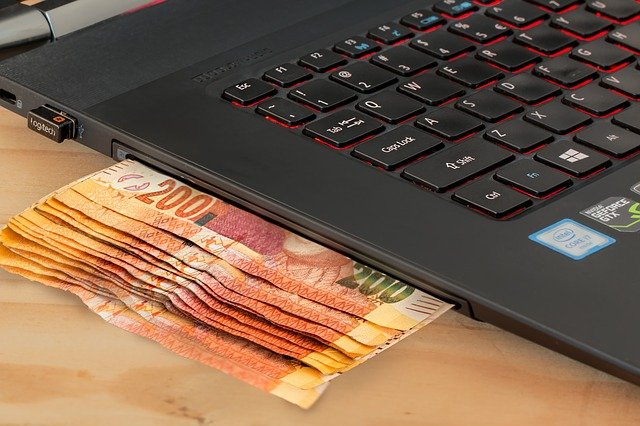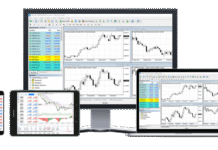The majority of customers today (almost) instinctively seek product information online. This has always been the main drive behind the shift towards online commerce, also known as the online shopping revolution. It is much easier to transition from reading product information online to making a purchase online than to revert back to making an offline purchase.
The retail industry isn’t taking the new threat from online commerce sites lying down. It is learning various new things from observing the online commerce landscape and implementing big changes to further pamper retail customers. Here are the different ways the online shopping revolution influences our retail industry.
Streamlined Checkout
Checking out at a supermarket or a retail store is no longer a tedious process. It used to take at least a couple of minutes to pay for the goods we wanted to buy; the checkout experience wasn’t always pleasant either. Today, however, the process of paying for goods at retail outlets is both swift and effective.
The increasing number of self-checkout counters at retail stores is one of the many signs of this big change. Customers can now process their own goods and pay using their credit card, all without the assistance of a store clerk or a cashier.
Other changes are improving the checkout process too. Better scanners are helping cashiers process items faster and the modern payment methods are speeding up the process even further. The result is not only a faster checkout but also a more pleasant shopping experience.
Improved Store Layout
Similar to online stores, retail outlets are also using the insights they already have to further improve customers’ shopping experience. They are now using sensors and other sources of data to better understand the customers and what the customers really want.
We are seeing new solutions such as a commercial beverage cooler added to the busy stores. Gone are the big and bulky refrigerators. They are being replaced by sleeker, slimmer refrigerators that integrate well with the rest of the store layout. Branded refrigerators and custom units that integrate with display racks are also more common.
Retail stores now have that modern ambiance to them thanks to these changes. The improved store layout also takes the customers’ shopping habit and preferences into account, taking the whole shopping experience up a level in the process.
Online to Offline
In certain ways, nothing beats the convenience of being able to walk into a store and buy something. That doesn’t mean the retail industry can’t take advantage of mobile and online technologies though.
Starbucks was one of the first companies to successfully implement mobile checkout. Customers can order the drinks they want using the Starbucks smartphone app, pay for them directly on the app, and have the drinks ready for pick up by the time they arrive at the coffee shop. Other retailers are following suit and offering a way for customers to shop for items before they arrive at the store.
More aspects of the online shopping experience will trickle down to the retail industry. On the other hand, online stores are learning from the rapid growth of retail stores too. It would be interesting to see how these two industries influence each other in the future.




